






Think Big is Cambridge Home School Online's Academic society dedicated to broadening students' knowledge. The program is an excellent way to stay informed, engaged, and most importantly: Think Big!


This year has raced by in a whirlwind of lessons, assessments and a stack of extra-curricular, yet out of the tornado spins another edition of the Think Big Academic Journal. I want to start by thanking Conrad, who no matter how many public exams for IGCSEs AND A Levels he has just sat, he still managed to take the time and care to put this edition together
This journal is about spreading ideas in academia, but also about inspiring new passions and a thirst for knowledge in you, our readers! We often hit big on the macro article, with at least 1500 words and a bibliography of references to make us old ones reach for the reading specs.
Not this time!
There has been a recent movement in academia for conciseness and accuracy called ELI5 (explain like I am 5). What better way for a school like ours to share knowledge. We opened this up as a house competition after a Think Big lecture on how to do an ELI5 well and we have included a few of the best entries here
I have learned stuff �� I had no idea why cakes rise when you bake them, and I really had never even asked myself the question! And if I had a pound for every time someone asked me the difference between History and Myth, I would be as rich as King Midas! Pandora’s entry on digital footprints is a timely reminder for us all to be careful about our online presence. Lastly, Sergej’s explanation of the Virus versus Bacteria debate finally makes sense of all those conversations GPs have trying to explain why the antibiotic just won’t help this time...
Ms Jaami’s L3 English class always have a Genius project at the end of the year and this time we have published Ksenia’s article on Depression; a wellresearched and thoughtful piece exploring both the biological and psychological origins of the disease and its consequences. Emma takes a very different approach to the human experience in her exploration of the Uncanny Valley Cyborgs may have been around for a long time in film and Literature – who didn’t want a little R2D2 running around their house? But, Emma’s article warns us of the new chill factor we feel when encountering these not so furry friends in a digital age
Well done to all of our contributors, once again, for bringing new knowledge, and more importantly, thoughts for our minds to feast on – helping us to

‘How does a cake rise?‘
Anya Coren
‘The difference between history and myths’
Jamie Coren
‘What is a digital footprint’
Pandora French
‘Viruses and Bacterias’
Sergej Metodijevic
‘Mental health in different professions Ksenia Shestakova, L3
‘What Is the Uncanny Valley and How Can We Avoid It’ Emma Worley, L3
The upcoming pages feature ELI5 entries by (in surname’s alphabetical order):
Anya Coren
Jamie Coren
Pandora French
Sergej Metodijevic
“If you can't explain it to a six-year-old, you don't understand it yourself.”
- A. Einstein (1879-1955)

By Anya Coren

The ingredients going into a cake are normally flour, sugar, butter, eggs, milk and baking powder.
As the ingredients are mixed, the milk and baking powder start to react together, creating air bubbles. The air bubbles have a layer of fat from the butter surrounding and trapping them!
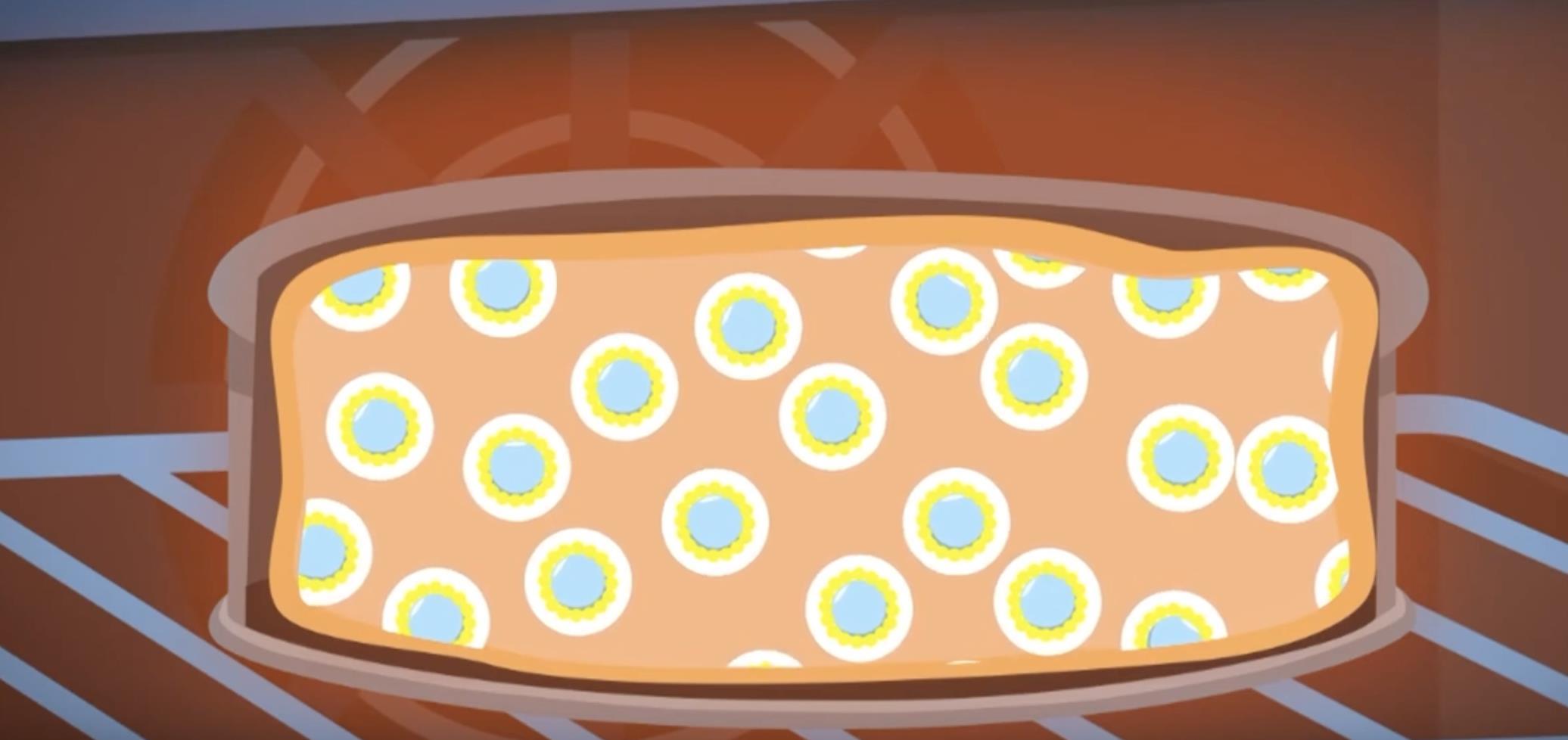
While baking, the hot air from the oven makes the egg whites surround and harden around the air bubbles. This protects the bubbles, so they don't pop.

As the air heats up more, the air bubbles get bigger. While this happens, the flour begins to stretch and stretch and stretch until it can't stretch any more. This pushes the cake upwards and when this is finished, the cake is baked!
Historyiswhenwethinkwecan besureabout the past because of archaeology, writing and other evidence.
Myths are stories passed down through generations, so we don't know if our ancestors were being completely truthful.
Sometimes myths are history, but sometimes history is myth.

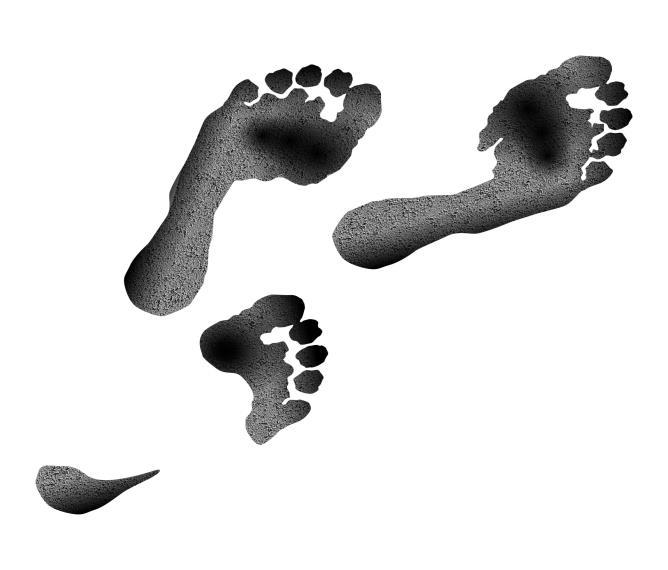

By Pandora French

A trail of information recording what you do on the internet. Such as viewing websites, looking at pictures, posting on instagram, online shopping and emails.









You do not WANT or MEAN people to see your footprint. You WANT or MEAN people to see your footprint.


Cookies are trackers on websites that remember information about your visit and use it to make your next visit more tailored to you. This can be good or bad.
• Footprints are permanently stored and cannot be removed.
• Digital footprints follow you forever, from baby to old age.

• It is important to keep your digital footprint protected.


Don’t post inappropriate content online
Don’t comment inappropriately on other people’s posts
Don’t click on links / websites or photos that you do not know
Make sure your social media accounts are set to PRIVATE

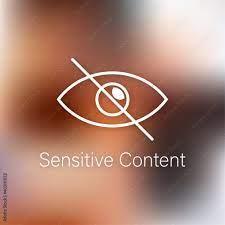

• Don’t reveal your personal data (e.g phone numbers/address)
• Make sure you decide WHO you want to interact with, only your friends and family.


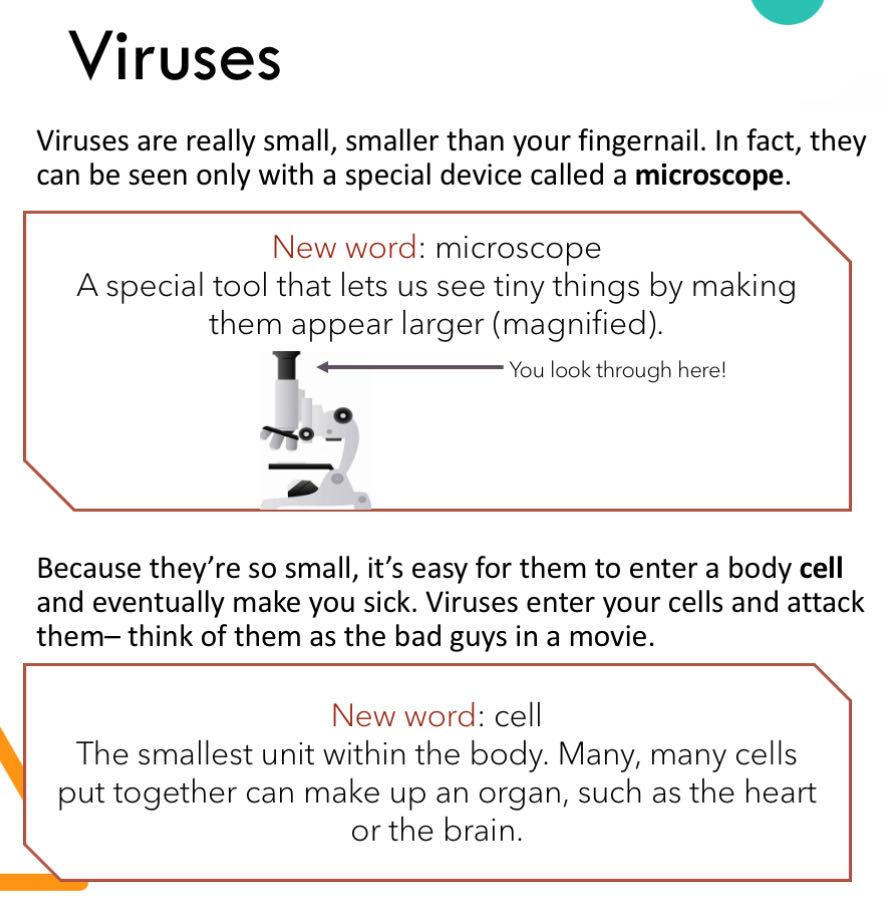
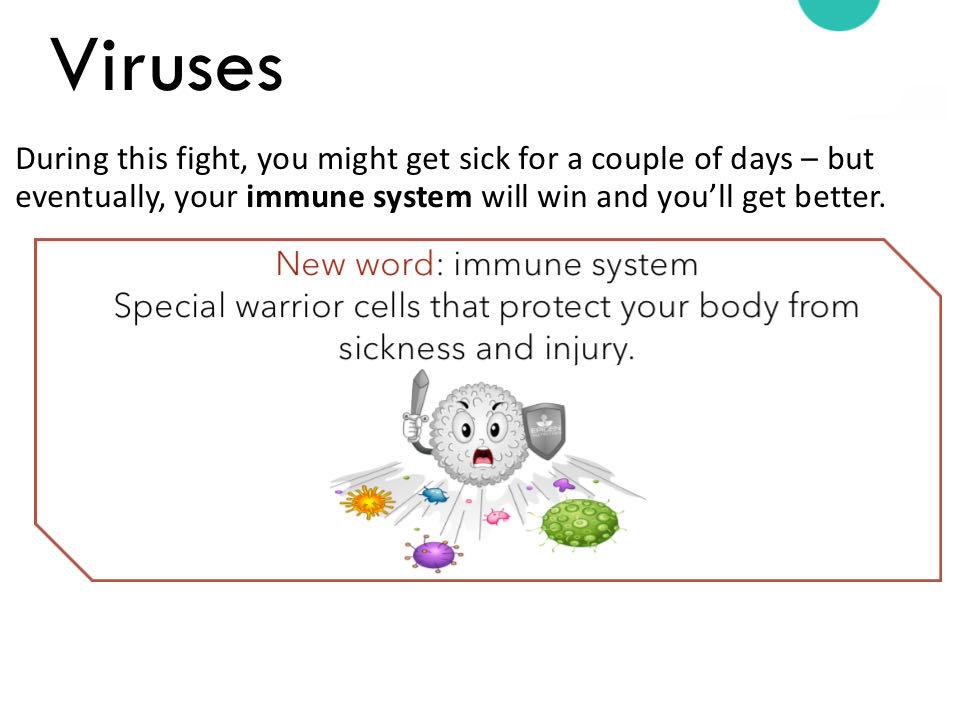
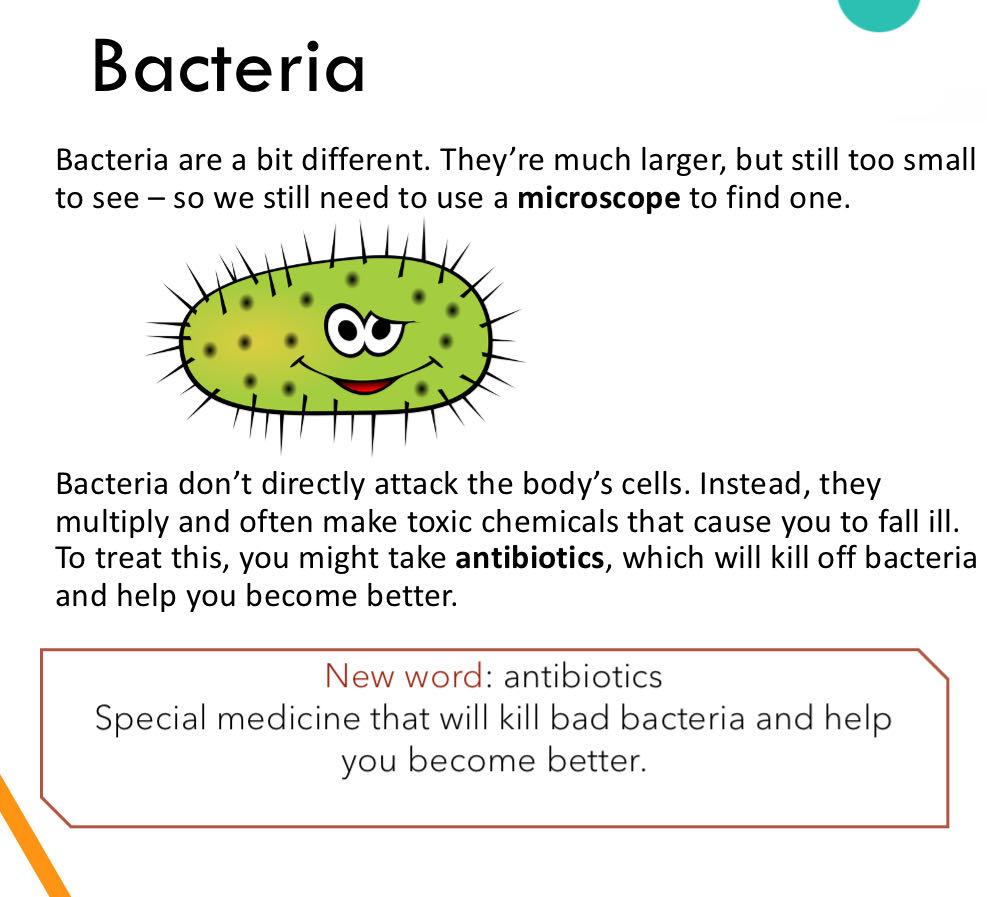
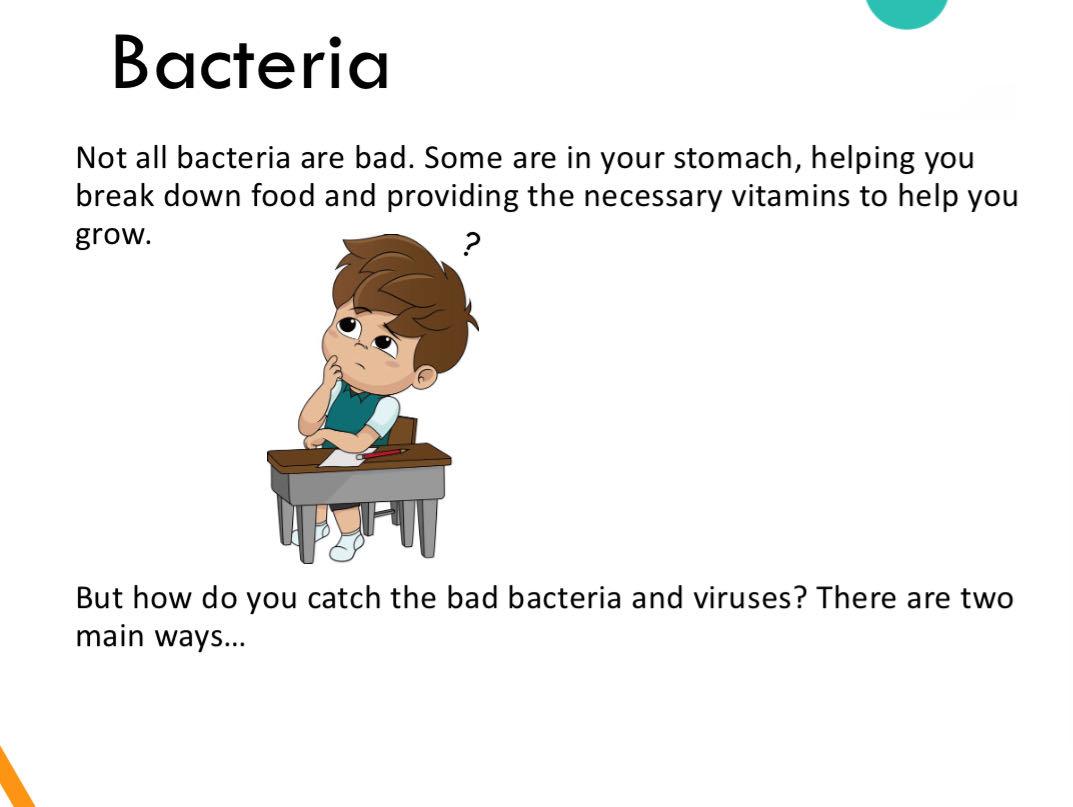
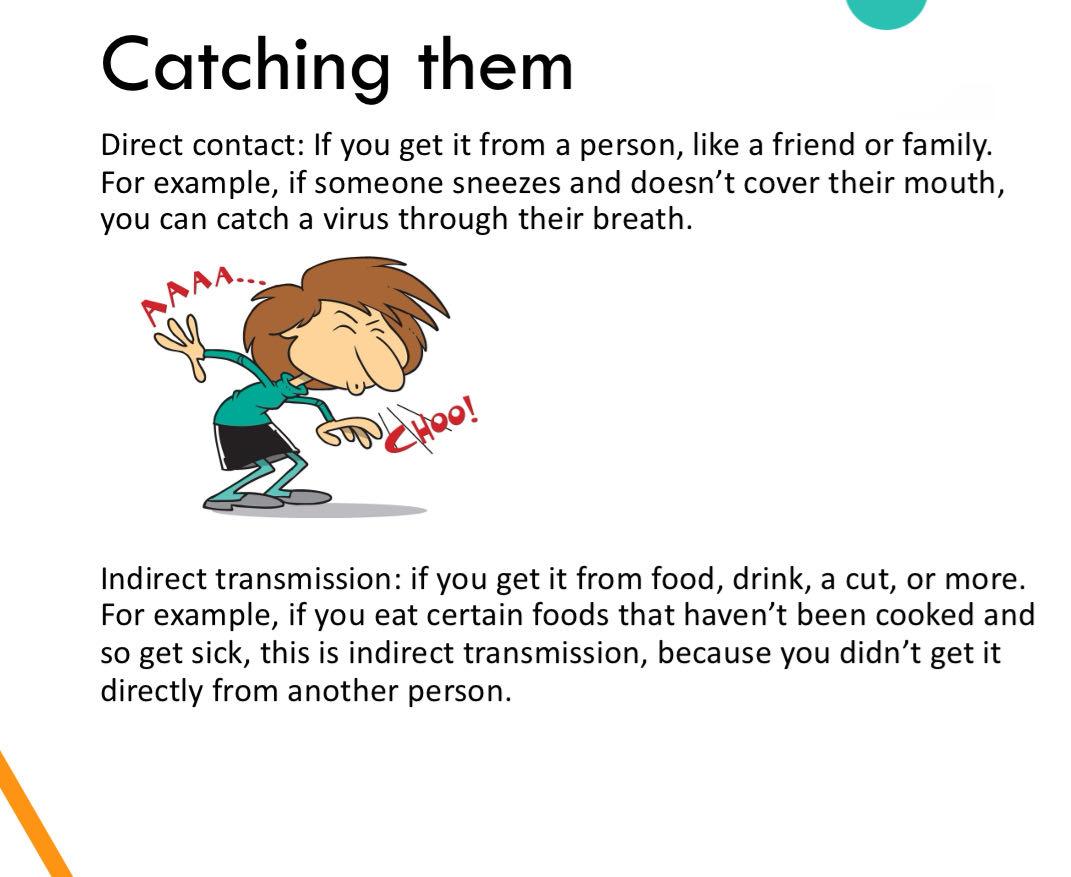

The upcoming pages feature works from Ms Jaami’s L3 English Language class by (in surname’s alphabetical order):
Emma Worley
By Ksenia Shestakova L3
There are many different factors that can lead to depression. These factors are split into two groups. Biological aspects which could be genetical elements, hormones, brain chemicals and or changes. And the other group which is psychological factors, this explores past or repetitive traumas, loss and stress One important example of this is a theory by the philosopher Cockerham where he compares different living situations and how they affect ones happiness. 1
There have been many studies looking at how ones environment effects their mental health. In one study they compared richer and more disadvantaged neighbourhoods and found that there is a much higher rate of depression in the people who grew up in poorer and less nice areas. Participants who lived in nice, safe neighbourhoods showed much lower levels of depression on average opposing those in more dangerous neighbourhoods
As it has been established that environment affects ones metal health as well as biology the question on how sensitive the human brain really is to the environment comes up. So how is ones mental health affected their profession/job? What causes mental health issues and most importantly depression in the workplace? Why do some jobs have higher mental health rates than others, and what makes these have a higher rate?
Depression is a mood or disorder that causes a persistent feeling of sadness. Clinical depression is said to affect not only your emotions but also how one thinks, acts and behaves. It can affect not only someone’s personal life but also their quality and or loss of interest in their work. Suicide and depression rates are currently the highest they have ever been since World War II and may people are blaming work as one of the initial sources So do some jobs truly have increased rates of depression? Many jobs and workers were analysed and four professions seemed to stand out.
In 2018 a report was released2 stating that veterinarians were 3 times more likely to die of suicide than the average American. This was then given reason by the long demanding hours, dept to income ratio, work to life balance and finally the access and knowledge of euthanasia doses. However the biggest complaint from workers was the frequent exposure to traumatic events. Although the profession is looked upon as one with easy work and cute animals veterinarians have to study for many years creating a large pit of student debt. They also have to witness traumatic events on a daily basis and are surrounded by constant loss and grieve due to accidents and euthanasia.
Another resent study compared the depression rates of emergency medical workers and the general public.3 It was found that 5.2% of deaths from EMTs where suicides which is more than double the 2% of non EMTs. This was attributed to high levels of constant stress and high risk of substance and alcohol abuse. However the true underlying cause for this was never researched, although many people believe that it could correlate to the long hours and repetitive witnessing of traumas creating a form of PTSD.
Healthcare professionals work in very stressful and mentally draining conditions, always making life or death decisions and facing the consequences afterwards. They are known to be extremely stressed and are highly prone to burnout, depression and anxiety. In a recent study,4 it was found that female nurse suicide rates were 51% higher than the general female population and male nurses following close
1 Ross(2000) cited in Cockerham (2007)
2 https://archive.cdc.gov/#/details?url=https://www.cdc.gov/media/releases/2018/p1220-veterinarians-suicide.html
3 https://www.tandfonline.com/doi/abs/10.1080/10903127.2018.1514090?journalCode=ipec20
4 Nurse suicide in the United States: Analysis of the Center for Disease Control 2014 National Violent Death Reporting System dataset
behind at 48%. This could be related to the many years of studying for a job with long hours, low pay check and never ending loss. However, even healthcare professions which get paid a reasonable amount seem to be having the same issues. Most people who go into healthcare really care for their job and helping those who need them. They are often known to be willing to self-sacrifice: take an extra shift or two and to complete extra work and help those in need. Even when off the job it is said that their minds are still running back all the procedures, mistakes and losses of the day. There is also a big factor of guilt and PTSD for although they are only human a small mistake can cost someone their life. Surgeons singularly hold someone’s life in their hands one wrong move and the death of someone who fully trusted them is their fault, (quite the burden) making cases very personal and hurt that much more.
In a 2016 study 5 it was discovered that 20.6% of lawyers tested positive for dangerous alcohol dependence whilst 19% were experiencing anxiety led behaviours and 28% depression. Lawyers were found to be one of the most burnout prone jobs. Burnout is when a person reaches their physical, mental and or emotional breaking point due to exhaustion, it is also common that the person themselves doesn’t know they are going through burnout. This could be a result of the long hours and expected perfectionism. Being a lawyer is also perceived as a lonely job with a lot of work-family conflict and due to this lawyers are again at high risk of substance abuse. Another reason that lawyers claim that they experience burnout/depression and anxiety symptoms is psychological conflict. As some lawyers values don’t align with their organization’s they are forced to change their behaviours which can cause guilt and moral conflict for the lawyer. It was also found that in most of the work settings there was no formal process to encourage people to ask for help with not only mental health but also simple tasks and jobs.
Overall reasons for suicide and depression in the work place can be split into three groups. The first being personal reasons. This covers mental disorders and illnesses as well as the lack of support from others and the repeated exposure to trauma. The second is work conditions, this includes increased workload and pressure as well as not being given the time to properly rest and forget about one’s responsibilities. And lastly repetitive factors which are: exposure to deaths and repetitive trauma causing a kind of ptsd. Workers mental health may also be affected by long gruelling hours which can in extreme cases alter brain chemistry. One study even found that those who work for longer than 11 hours a day have a higher rate of depression.
In conclusion, the recurring reason seems to be the repetitive experiences of trauma as can be seen in all four jobs. Aswell as this the jobs discussed above have a “Price of mistake” factor meaning that all are faced with difficult and life altering decisions. Which can cause extreme pain and suffering for not only the worker but also for those affected by the decisions bringing in a big factor of guilt. So although there is no one reason for increased suicide and depression rates in specific jobs there is much more both workplaces and the government can do to help those struggling.
5 https://www.americanbar.org/groups/lawyer_assistance/research/colap_hazelden_lawyer_study/
By Emma Worley L3 English Language
The term “uncanny valley” was coined by Masahiro Mori, a Japanese roboticist, in 1970. It refers to the eerie and unsettling feeling experienced by humans when encountering objects or entities that closely resemble humans but fall short of complete realism.
Mori observed that as robots become more human-like, there is a point at which their appearance and behavior evoke discomfort rather than familiarity.

As humanoids or computer-generated characters become more human-like in appearance and behaviour, there is a point where their resemblance to humans becomes unsettling or eerie, rather than endearing or appealing.This dip in emotional response is often termed the "valley". Once this valley is crossed, affinity rises again and true human likeness is reached.
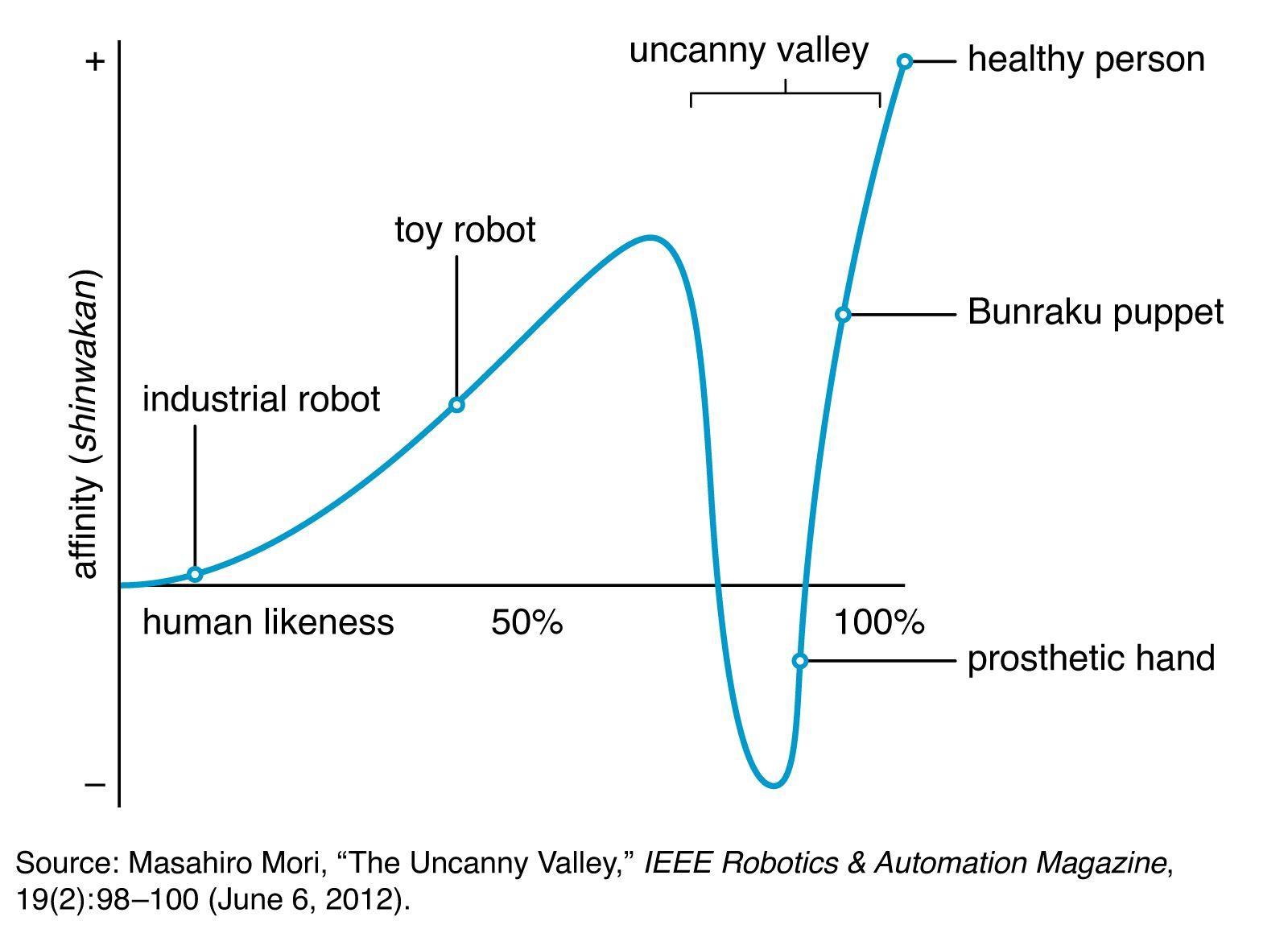
Mori also argued that movement intensifies the uncanny; thus, the curve of the line for moving objects is much steeper, reaching both higher and lower levels of affinity than the line for still objects.To prove this, he argued that a zombie (moving) elicits a stronger sense of unease than a corpse (still).
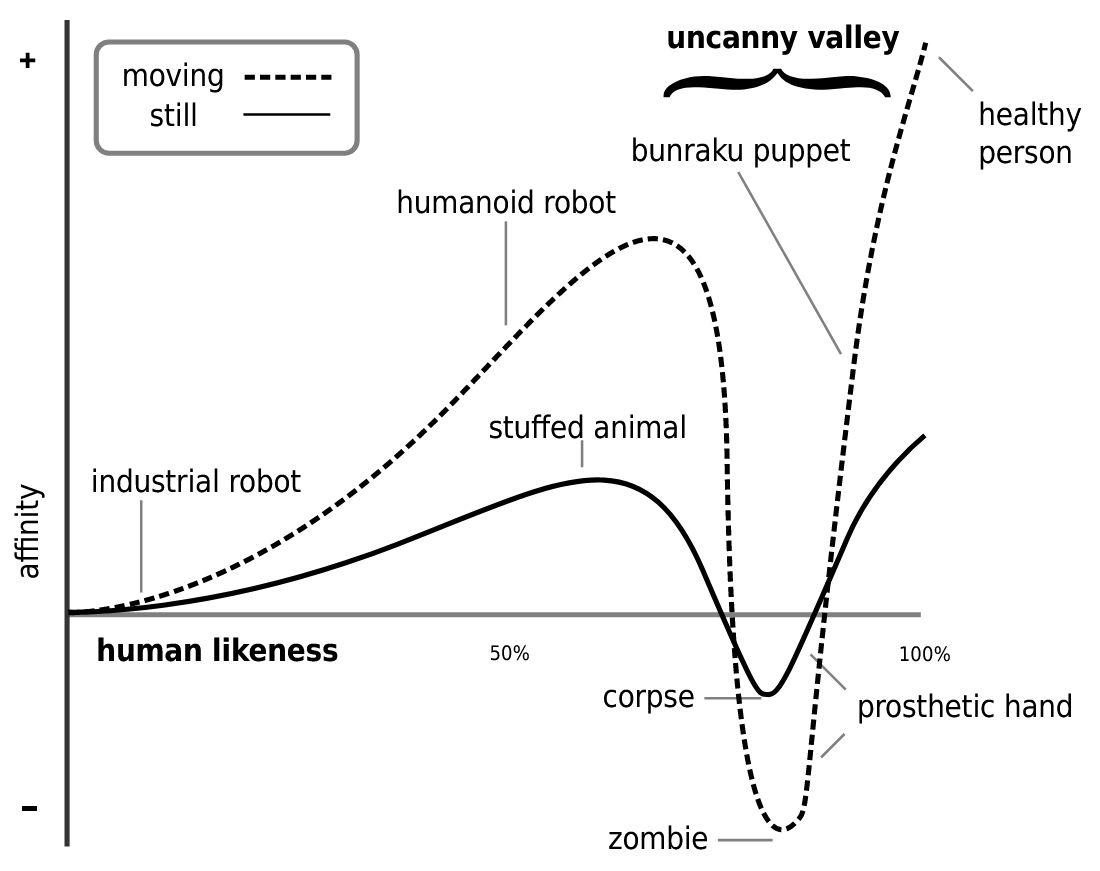
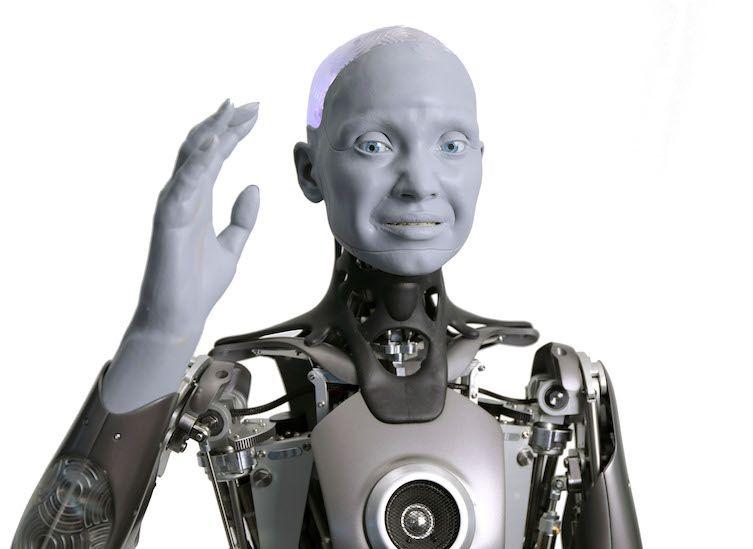
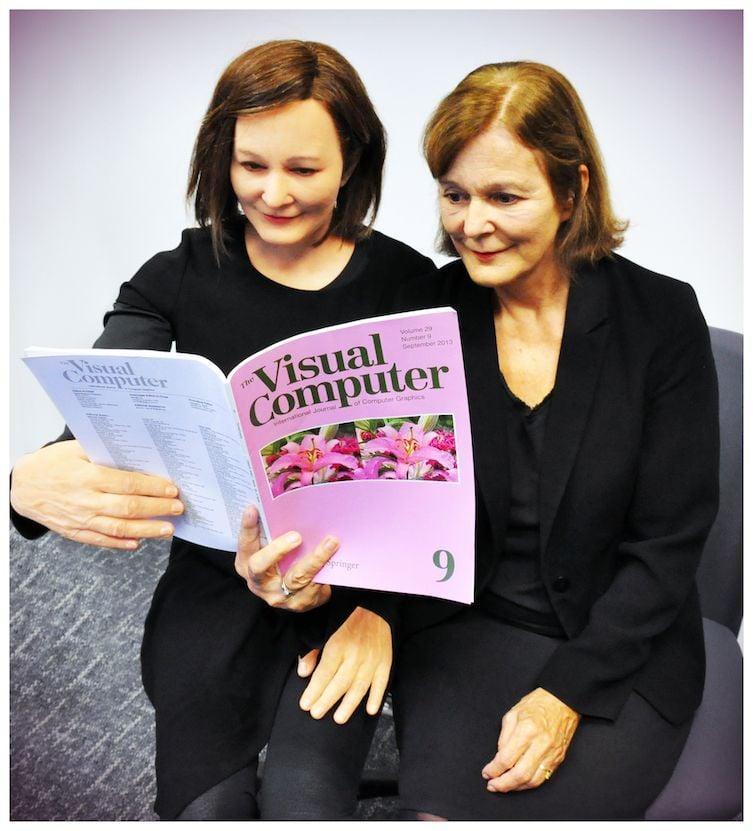


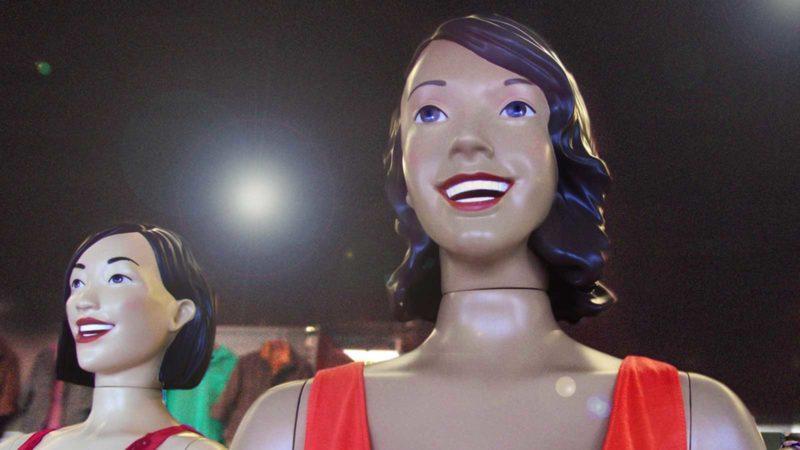
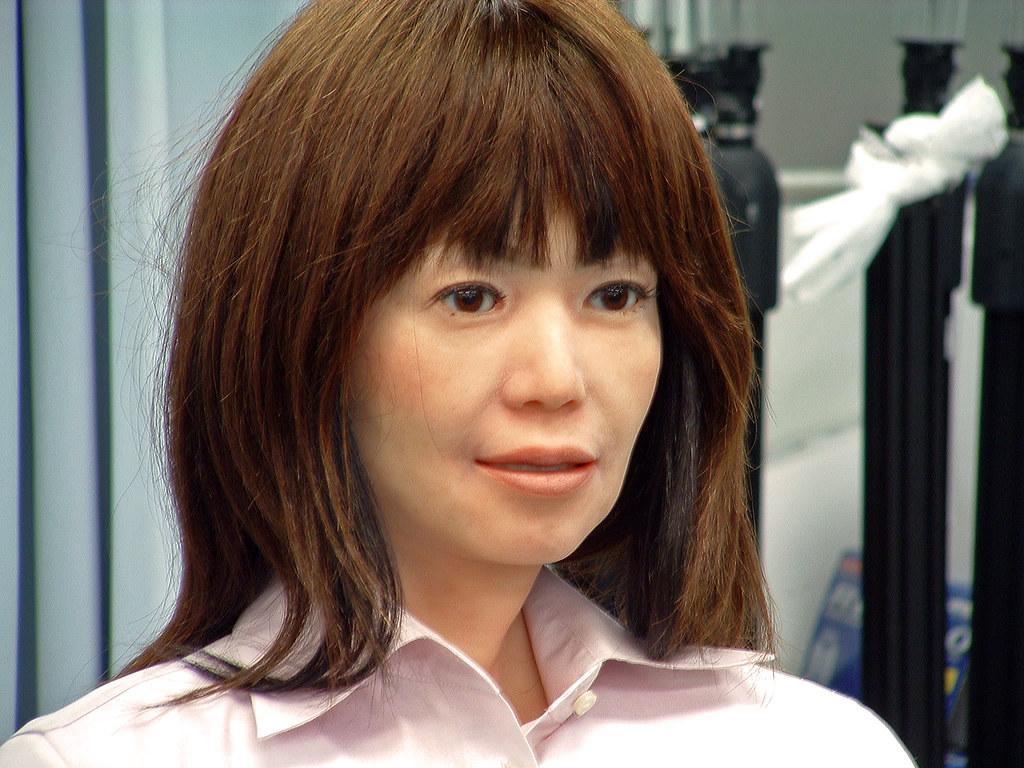
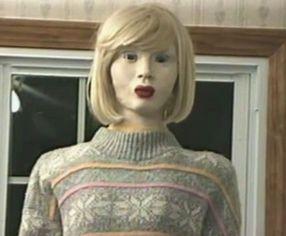
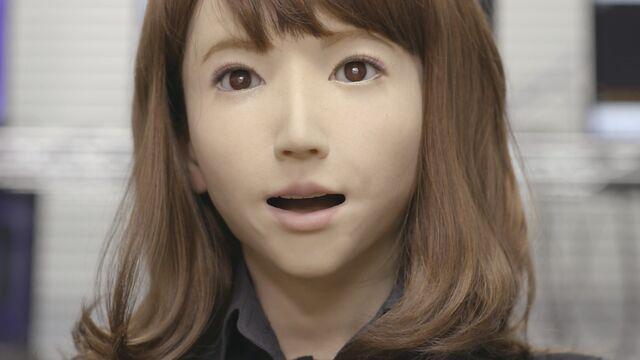
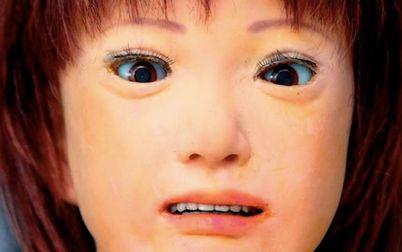
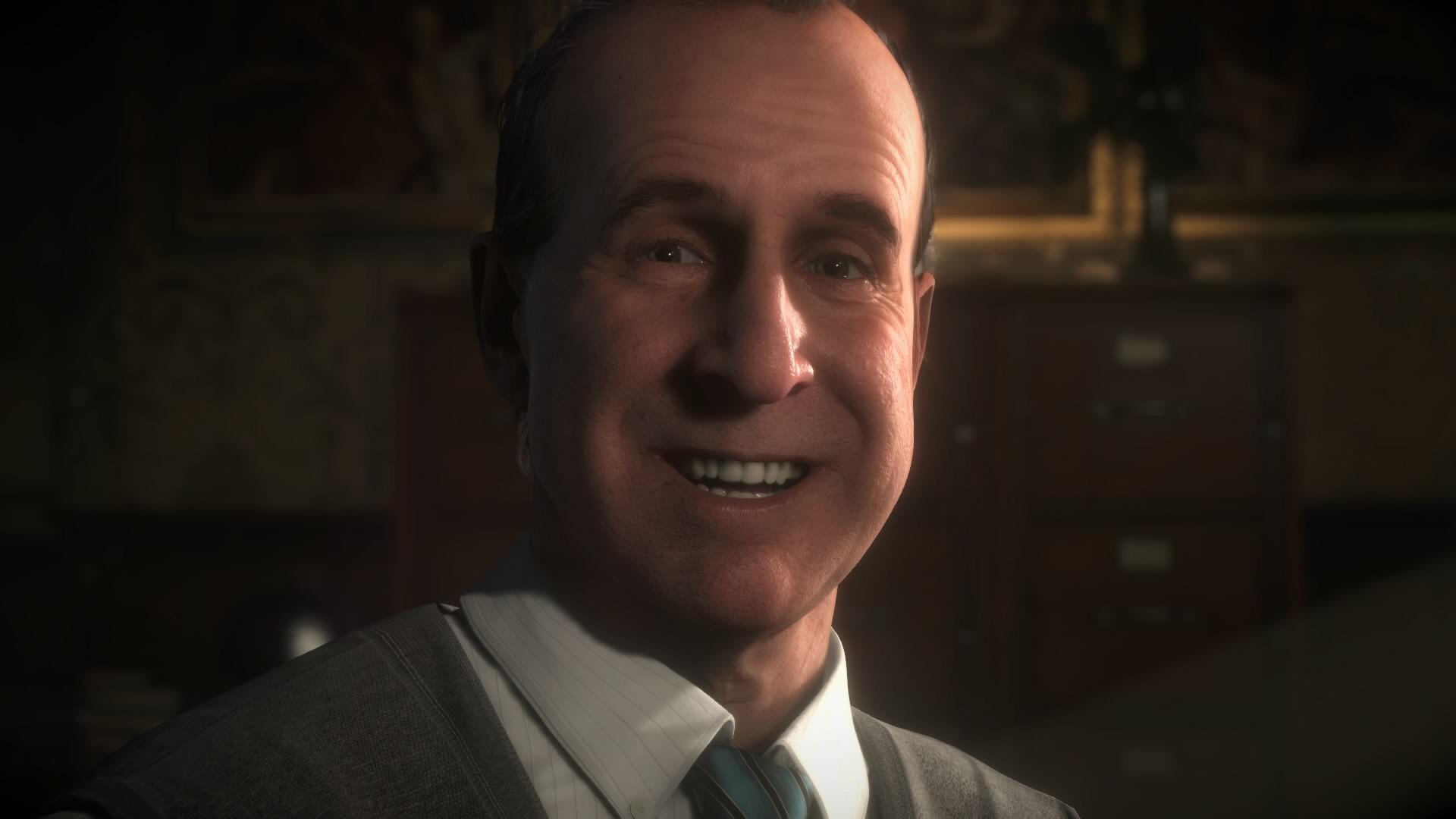
Erica was developed by students at Osaka University and Kyoto University.
She was initially designed to work in a broadcasting station in Japan, but has now found a home in Hollywood, cast in a feature film that has yet to be released.
She has received mixed opinions from the media, with some stating that her appearance is uncanny.

Created by Hiroshi Ishiguro in 2010, this device, when connected to a phone, mimicked the facial movements of the person on the other end of the line, and their voice would emanate from the robot. It featured eyes that followed the user around, and it stood at a height of 31.5 inches with short limbs, making it huggable.
TheTelenoid was designed to enhance the calling experience by making it more enjoyable, although many users found its appearance unsettling.
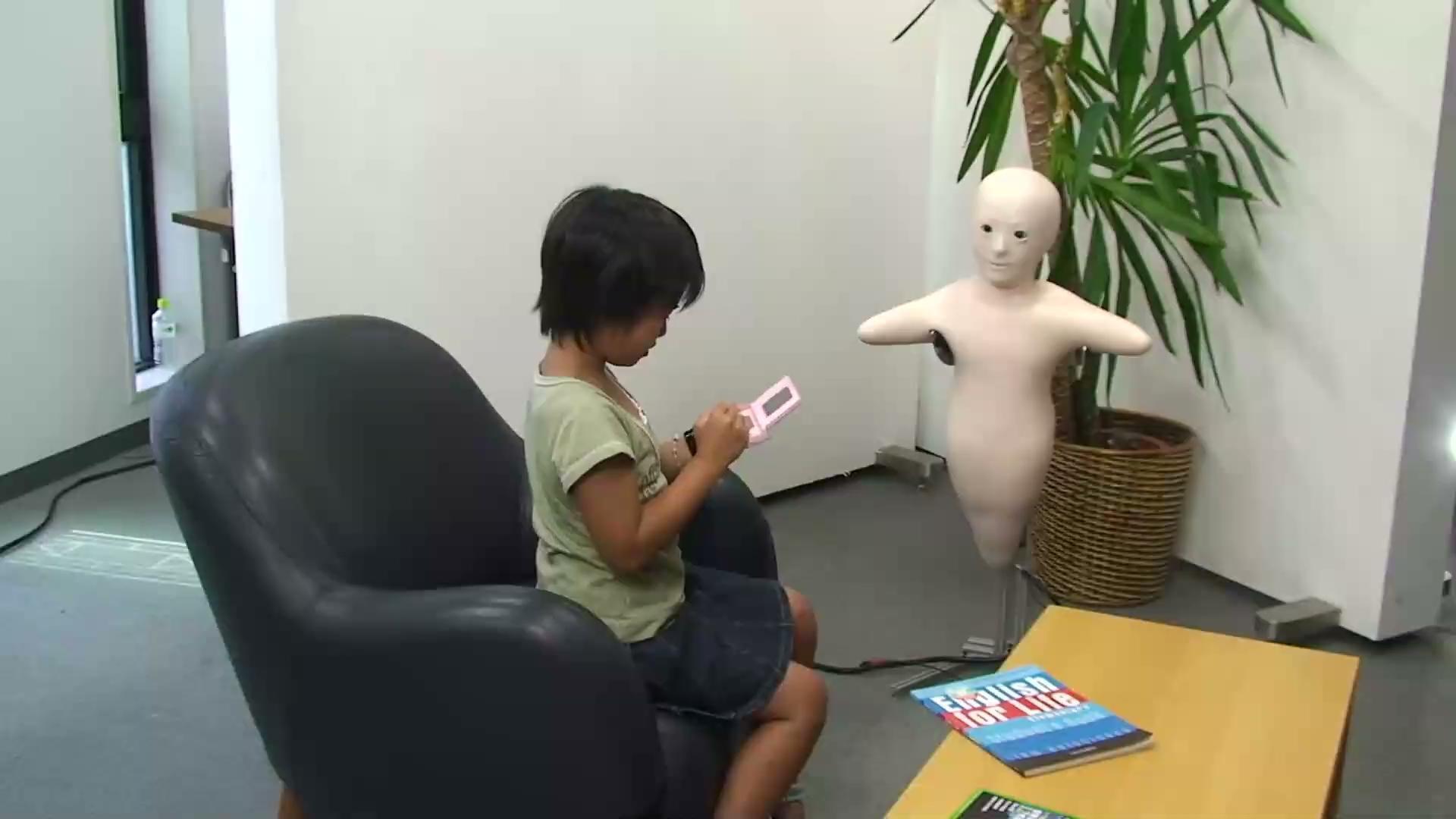
Capgras delusion is a delusional misidentification syndrome which can cause its sufferers to believe that people they associate with have been replaced by duplicates.
Patients will admit that their friends and family members look exactly how they remember, but there is something not quite right about them — something that appears unauthentic.
So, it’s possible that the uncanny valley results from the link between the emotional and recognition areas of the brain.
Perhaps uncanny images produce a Capgras-like phenomenon in healthy individuals; the familiarity in human form that we witness may be undermined by our subliminal emotional response, creating disconnection between recognition and emotion

Some argue that the notion that creepiness arises solely from human likeness fails to explain the diversity of the phenomenon. Almost anything can be made to be creepy or, at the very least, creepier with manipulation of context, presentation, or design. It's not always the proximity to human likeness that triggers discomfort; rather, it's a combination of factors.
For example, saying something is “eerie because its so close to resembling a human that our attention is drawn to the differences”, is like saying “a pizza topped with red paint instead of tomato sauce tastes off because it’s so close to resembling a pizza that our attention is drawn to the differences”. Does it taste off because it’s almost like a pizza? Or is the paint? Do some humanoids look creepy because they almost look like a human, or are they creepy because they look like creepy humans?

To date, the answers to this question remain open to individual interpretation, although some researchers have proposed potential ways to avoid the uncanny:
1. Avoiding the combination of atypical features (such as skin textures or eyes that are not typically human-like) with high levels of realism.
2. Using subtle features in the eyes to express a character’s intention, behavior, and well-being, potentially reducing the likelihood of creating a character with “dead eyes”.
3. Designing robots and other characters to be “cute” instead of more human-like, possibly making it easier and less scary for humans to engage with them.
Uncanny Valley Examples
Uncanny Valley Research
Masahiro Mori on the Uncanny Valley
Original Essay by Masahiro Mori
Uncanny Valley Hypothesis
Uncanny Valley in Film
Capgras Delusion
Link Between Capgras Delusion and the Uncanny Valley